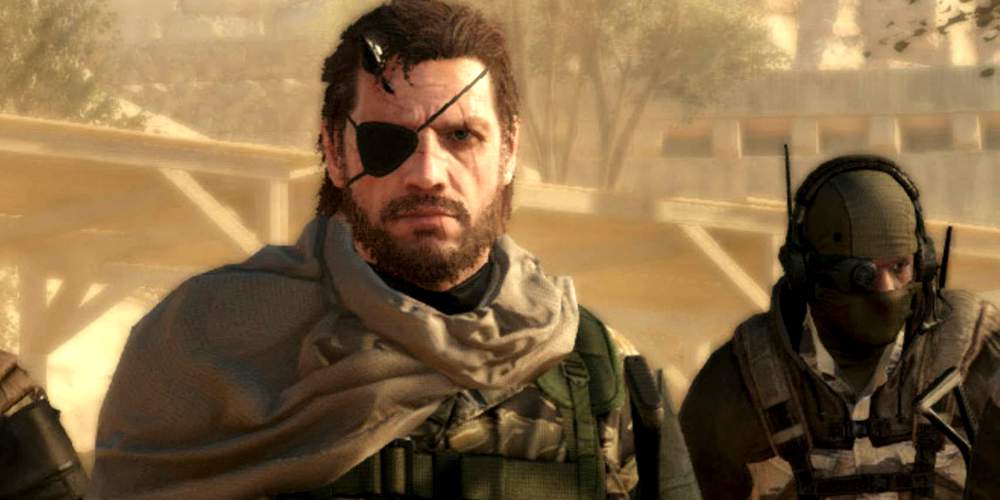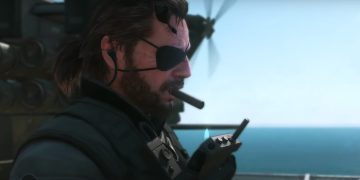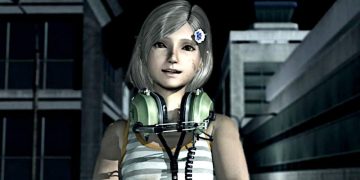Hideo Kojima is the archetype example of a video game auteur—an artisan who builds stories that are wholly original and complex.
His legacy as the creator of the Metal Gear franchise is immovable, having single-handedly driven forward the culture of gaming long before anybody even considered it capable of being an art form.
With Metal Gear Solid, Kojima not only reinvented the stealth genre, he blazed a trail for others who dreamed of creating gaming experiences with more depth than traditional video games offered. Sadly, the franchise now lays dormant without Hideo-san's soul, stole away by Konami.
Kojima's new partner in Sony has been in talks to buy the franchise rights from Konami—which, frankly, would make everybody happy—but that's far from certain at this point. We can only cross our fingers and hope.
For now, I want to revisit Kojima's Metal Gear creation and look back at the best scenes and moments from his innovative stealth franchise, to see what made his series so outstanding.
10. Game Over (Metal Gear Solid 2)
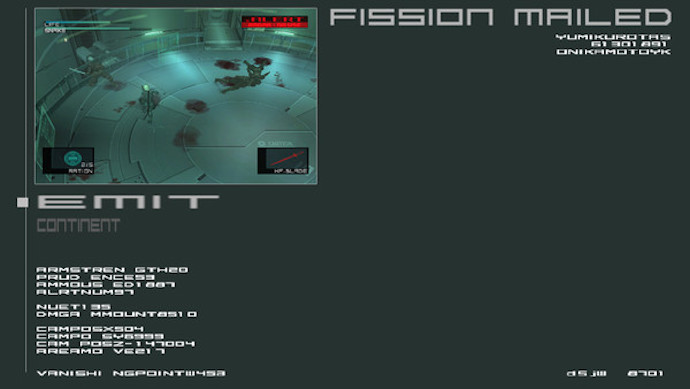
During the events of Metal Gear Solid 2: Sons of Liberty, Raiden and Snake are fighting off an army of arsenal gear when it suddenly shows the "Mission Failed" screen—only it reads "Fission Mailed."
The gamer remains fighting as Raiden in the smaller view since Raiden hasn't died, while The Colonel tells you to "turn the console off."
It's all part of Hideo Kojima's trademark breaking of the fourth wall, which gives the game a far more edgy feel as things like this could happen at any time in a Kojima game.
9. The Virus Outbreak (Metal Gear Solid 5)
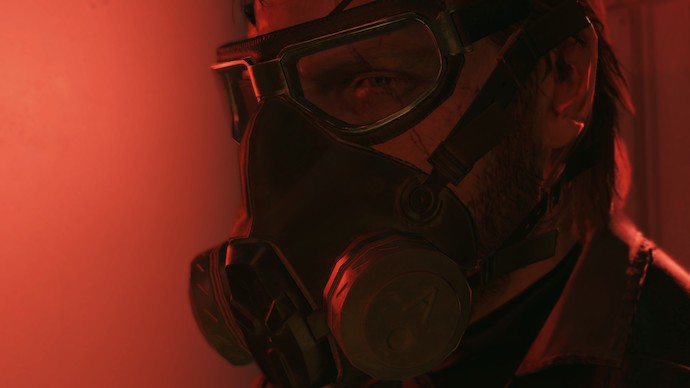
The unfinished masterpiece of Metal Gear Solid V: The Phantom Pain delves into what connects us all as human beings—with languages used as the primary connection.
However, when there's a parasite outbreak aboard Mother Base, Big Boss must quarantine the infected soldiers.
At this point in the game, the player is unlikely to know that the language spoken by the soldiers is at the core of the virus; however, when this becomes evident, those that communicate in the infected language must be removed and left to die.
That is, until the quarantine platform loses connection with Mother Base, and Snake is brought in to see what has happened—finding a nightmare of horrors when he does.
8. Back to Shadow Moses (Metal Gear Solid 4)
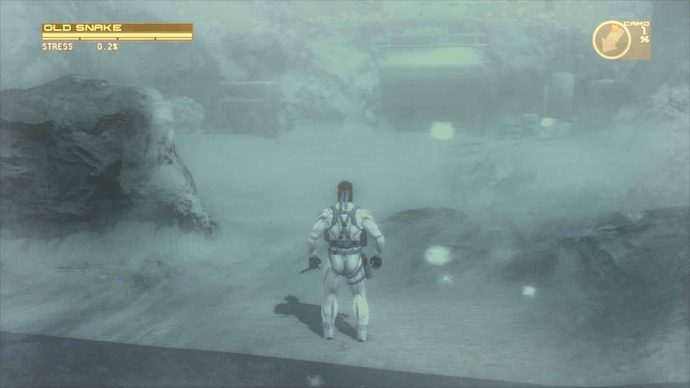
The events of Metal Gear Solid are gaming legend. Anybody who keeps up with the pulse of modern gaming should know what the island of Shadow Moses keeps—and what it represents.
In Metal Gear Solid 4: Guns of the Patriots, when Snake must go back to that island, it's a special moment for players. Creeping through the abandoned hallways, buildings thick with snow, crossing enemy targets is is evocative for those who remember the first game.
The looming fights against Crying Wolf, Vamp, and piloting Metal Gear Rex against Metal Gear Ray made the return to Shadow Moses another hellish journey for Snake, but so deep for the gamer.
7. Fighting The End (Metal Gear Solid 3)
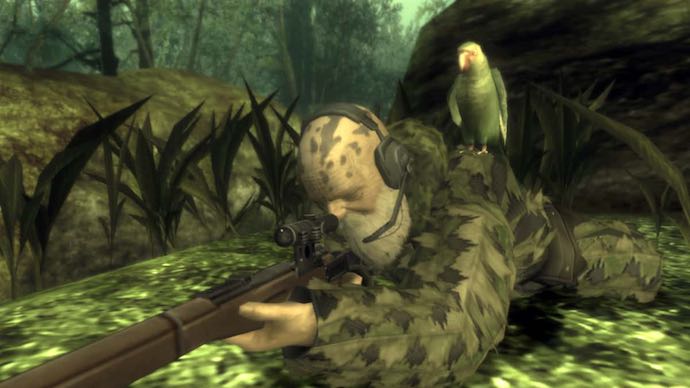
Metal Gear Solid 3: Snake Eater remains the best overall MGS game because of its synergy of components. Everything in the game became a step-up on what had come before, and we—as players—finally got to be Big Boss, who was then known as Naked Snake.
The fight against The End—an aged sniper with expert camouflage abilities—in the jungle was more than a boss fight. It was a long-haul test of will against the game itself, as hours could go by while hunting down the deadly sniper.
6. Not Battling The Sorrow (Metal Gear Solid 3)
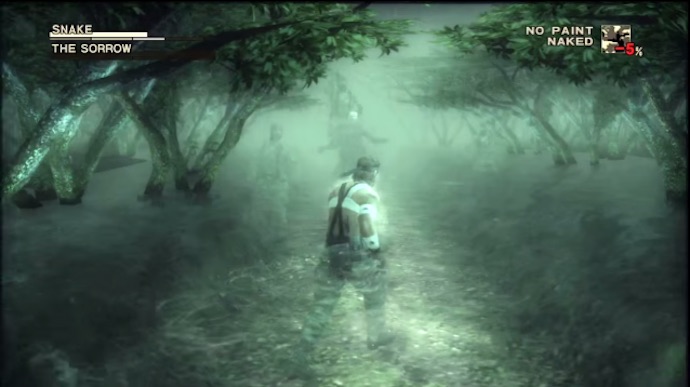
As hard as the boss fight against The End was, The Sorrow posed the greater cerebral challenge. As Big Boss comes to a river, he's confronted by The Sorrow, who engages him in a ghostly battle.
The battle is unique because, to win, Snake must die. However, when Snake dies at The Sorrow's behest, he can use the revival pill to bring himself back, thus "beating" The Sorrow who is already dead.
The ghosts of those whom Snake has killed during his journey haunt the player as they walk down the river, waiting to die, but it's another example of Kojima's madness and skill.
5. Killing Psycho Mantis (Metal Gear Solid)
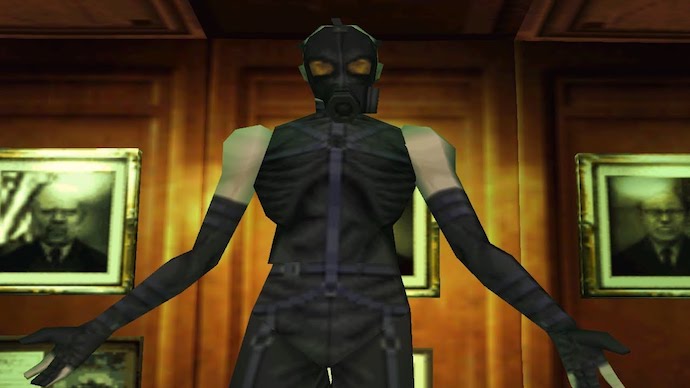
Psycho Mantis remains one of Metal Gear Solid's best-remembered enemies, mainly because his ability to affect the gamer through the console epitomizes Kojima's unique craftsmanship.
As Snake tries to defeat Mantis, he does things like reading the gamer's memory card for other games' save data and removing port 1's ability to control Snake, forcing the player to shift the controller to a different port.
The fourth wall breaks are masterful in the game, and when Mantis returned as a spirit in MGS4, he attempts to do the same again—but can't as The Sorrow drags him back to the spirit world, telling Snake: "The spirit of the warrior will always be with you."
4. The Death of Big Boss (Metal Gear Solid 4)
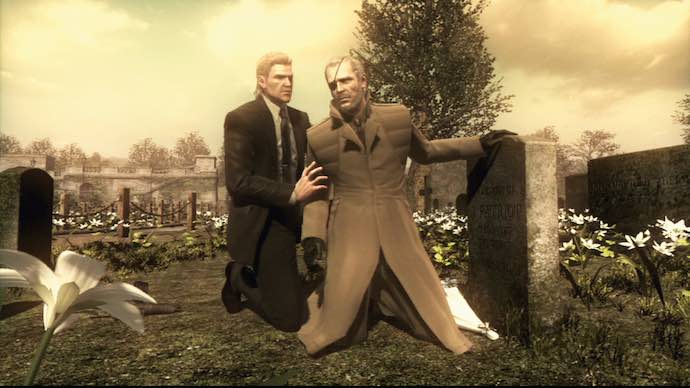
Amid the endless credits sequence upon completing Metal Gear Solid 4: Guns of the Patriots, the return of Big Boss comes out of nowhere.
As Snake fails to kill himself at the grave of The Boss, Big Boss arrives to speak to his son/clone. The discussion they have about the events of MGS wrap up the story and give answers to questions gamers had.
However, infected with FoxDie, Big Boss then collapses, knowing his time has come. He salutes The Boss one final time before dying with Snake next to him, therefore ending the life of the series' greatest anti-hero and most complex character.
3. Killing The Boss (Metal Gear Solid 3)
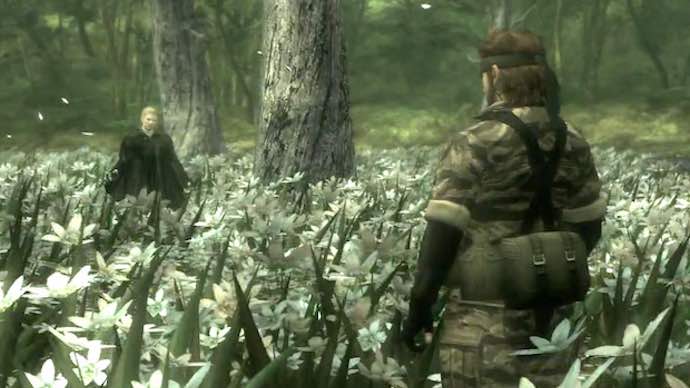
During the final events of Metal Gear Solid 3: Snake Eater, Naked Snake must defeat his mentor, friend, and rumored lover: The Boss. The pair engage in battle in a field of Stars of Bethleham, with Naked Snake eventually winning against her and killing her.
Her death is a landmark moment in the series because it allowed Naked Snake to inherit the moniker of Big Boss. However, he didn't understand her actions and motivations until he himself died in 2014, after a long life of war lived with the absence of peace.
2. The Truth (Metal Gear Solid 5)
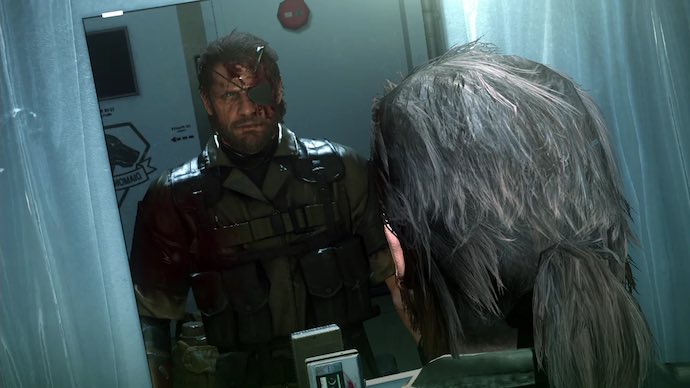
Playing through Metal Gear Solid V: The Phantom Pain is a huge undertaking. Even while incomplete, its depth is stunning. However, several parts of the game regarding Big Boss don't make sense, such as his difference in parental DNA to Eli.
It's only after completing the game and all of the side missions that The Phantom Pain finally yields honest answers to those questions.
You're not playing as the real Big Boss—you're playing as the medic from the first game, who was made to look like Big Boss as a cover. That also explains how Snake killed Big Boss in Metal Gear, only for Big Boss to return later in the franchise.
1. Destroying GW and The Patriots (Metal Gear Solid 4)
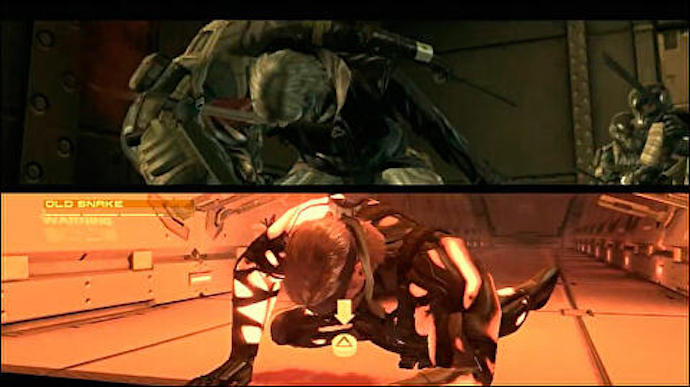
As Solid Snake pushes his body to its limit while walking through a microwave corridor, he reaches the heart of GW, uploads the virus, and destroys the system—including JD and the other Patriot AIs.
The sequence is an emotional torture chamber as Snake drags himself through unknown hells to get to the heart of GW, already having fought Screaming Mantis and armies of enemies to reach the entrance of GW.
However, after he succeeds, Snake finds himself atop Outer Haven, with Liquid-Ocelot ready to fight him again, one last time. After a gruelling battle that takes us through all the MGS games, Snake finally defeats Liquid-Ocelot for good—and brings an end to Solid Snake's story.
